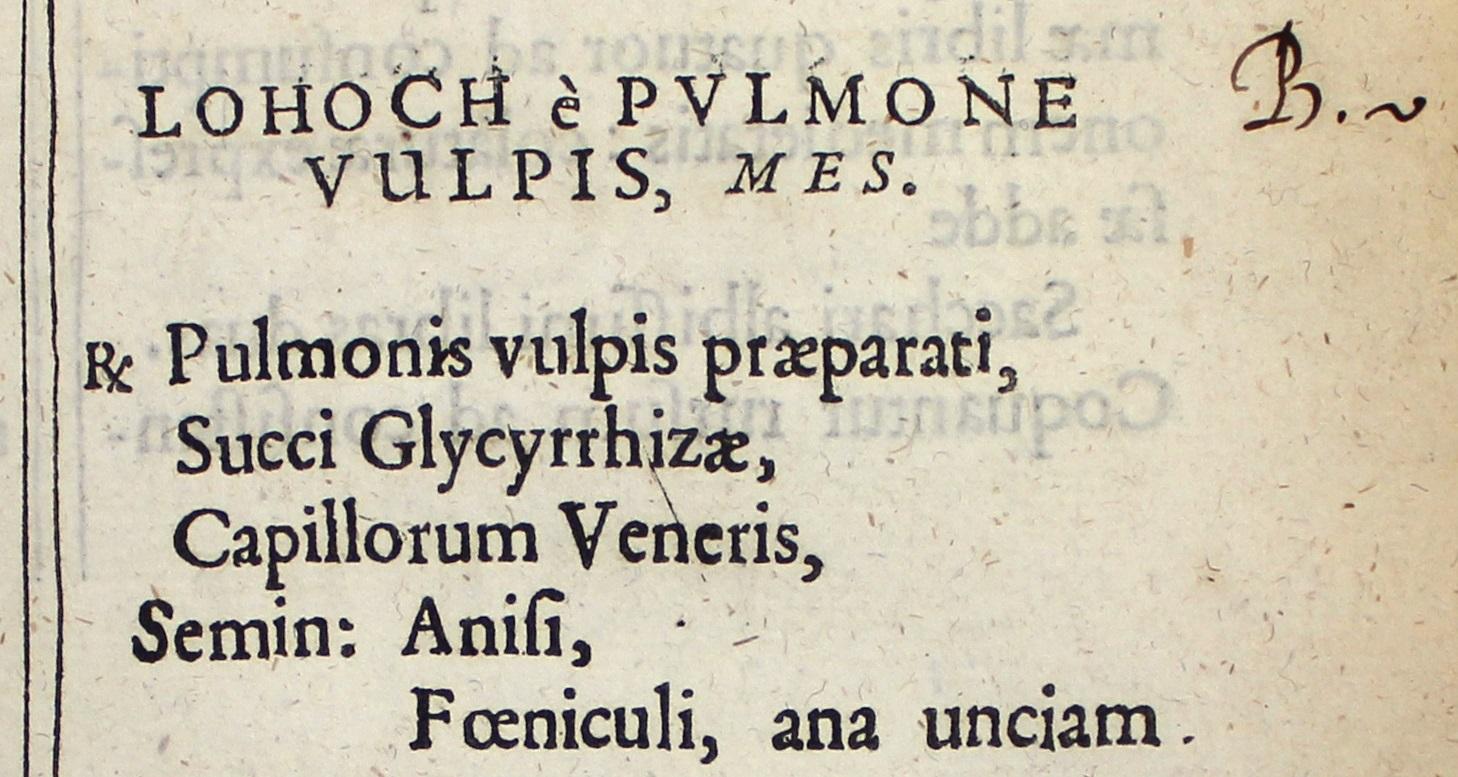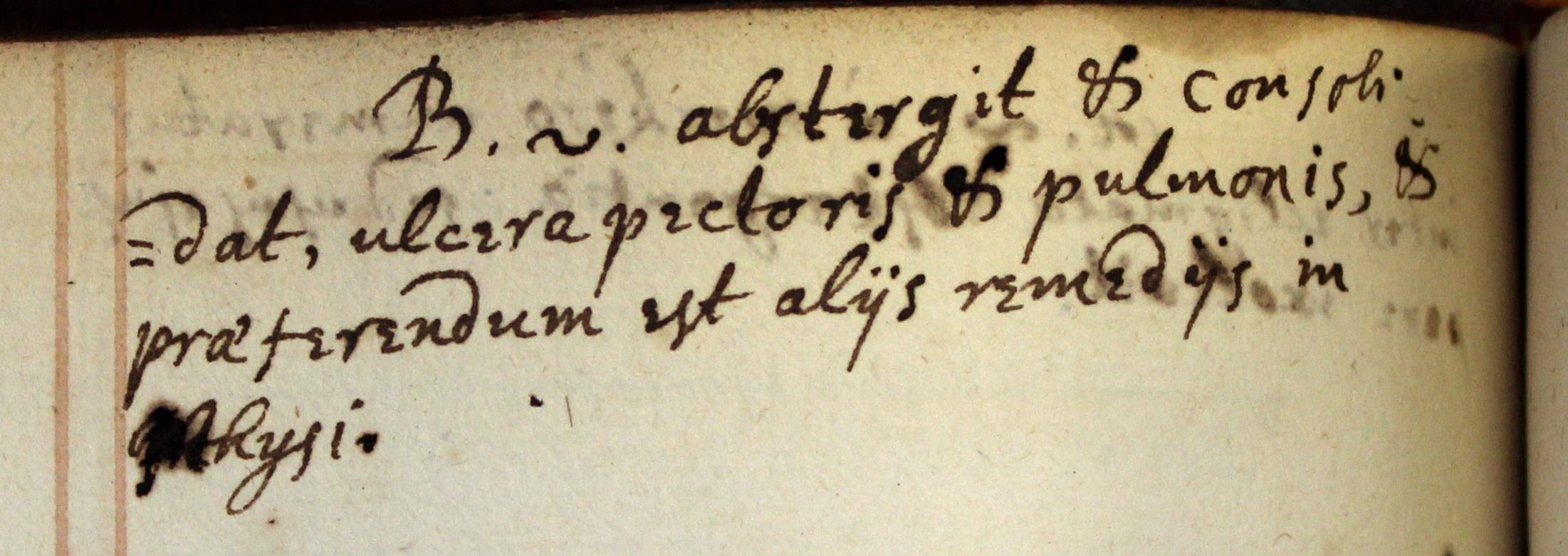The Pharmacopoeia Londinensis is possibly one of the most important books produced during the history of the RCP. Its publication in 1618 created the first standard list of medicines and their ingredients published in England, and subsequent editions regulated the composition of medicines until 1864.
The RCP library has all the editions of the Pharmacopoeia from 1618 onwards, but one book particularly stands out; it was the personal copy of one of the RCP’s most distinguished and eminent fellows.
Baldwin Hamey (1600–76) served as censor, registrar and treasurer to the college throughout the 1640s–1660s. Hamey studied medicine at several of the most important universities of the day – Leiden, Oxford, Paris, Montpelier and Padua – before being admitted as a fellow in January 1634. He was a generous benefactor who provided funds to rebuild the college after its destruction in the 1666 Great Fire of London.

Hamey’s copy of the Pharmacopoeia dates from 1639. He had it specially bound with a sheet of plain paper inserted between each of the printed pages, to give plenty of space for notes and annotations. Hamey wrote remarks on many of the preparations, including references to other books on the subject and comments on their use and effectiveness.
One such remark is attached to the recipe for ‘Lohoch è pulmone vulpis’ (lohoch of fox lungs), a preparation said to strengthen the lungs. Nicholas Culpeper translated the recipe in his London dispensatory as:
Take of fox lungues prepared, juyce of liquoris, maidenhair, annis seeds, sweet fennel seeds of each an ounce, sugar clarified with coltsfoot water fifteen ounces, the things being beaten which may be beaten, and brought into very fine pouder, let them be made into a Lohoch, with the sugar.
A lohoch was a linctus or thick syrup. The origin of the name is the Arabic word laʿiqa, meaning ‘to lick’; linctus is derived from the Latin word, lingere, with the same meaning. Culpeper indicates that patients took a lohoch by licking it up with the tongue, or ‘with a Liquorice stick, bruised at the end to take up some, and retain it in the mouth till it melts of its own accord’.

Hamey has annotated the entry for the lohoch with a short sentence in Latin – abstergit & consolidat, ulcera pectoris & pulmonis, & praeferendum est alijs remedijs in phthysi – meaning ‘it cleanses and consolidates ulcers of the breast and lung, and is preferred over other remedies for phthisis [ie tuberculosis]’.
The portrait of Baldwin Hamey by Sir Anthony van Dyck and studio, c1638, was purchased in 2012. We are grateful for the generous support of the V&A purchase grant fund and the Beecroft bequest in making the acquisition possible.
Katie Birkwood, rare books and special collections librarian
Read more about the RCP's library, archive, and museum on our blog, and follow @RCPmuseum on Twitter.
